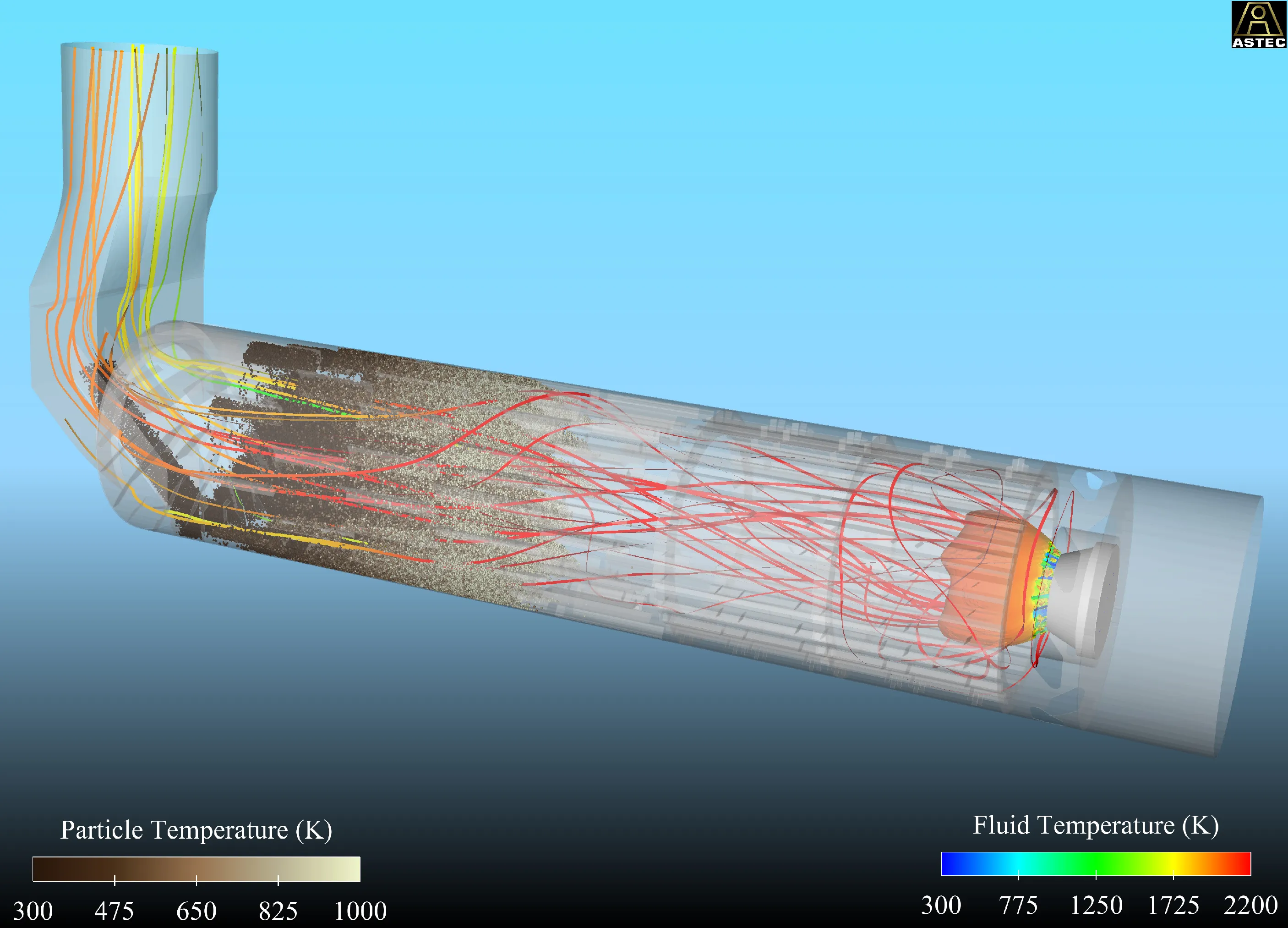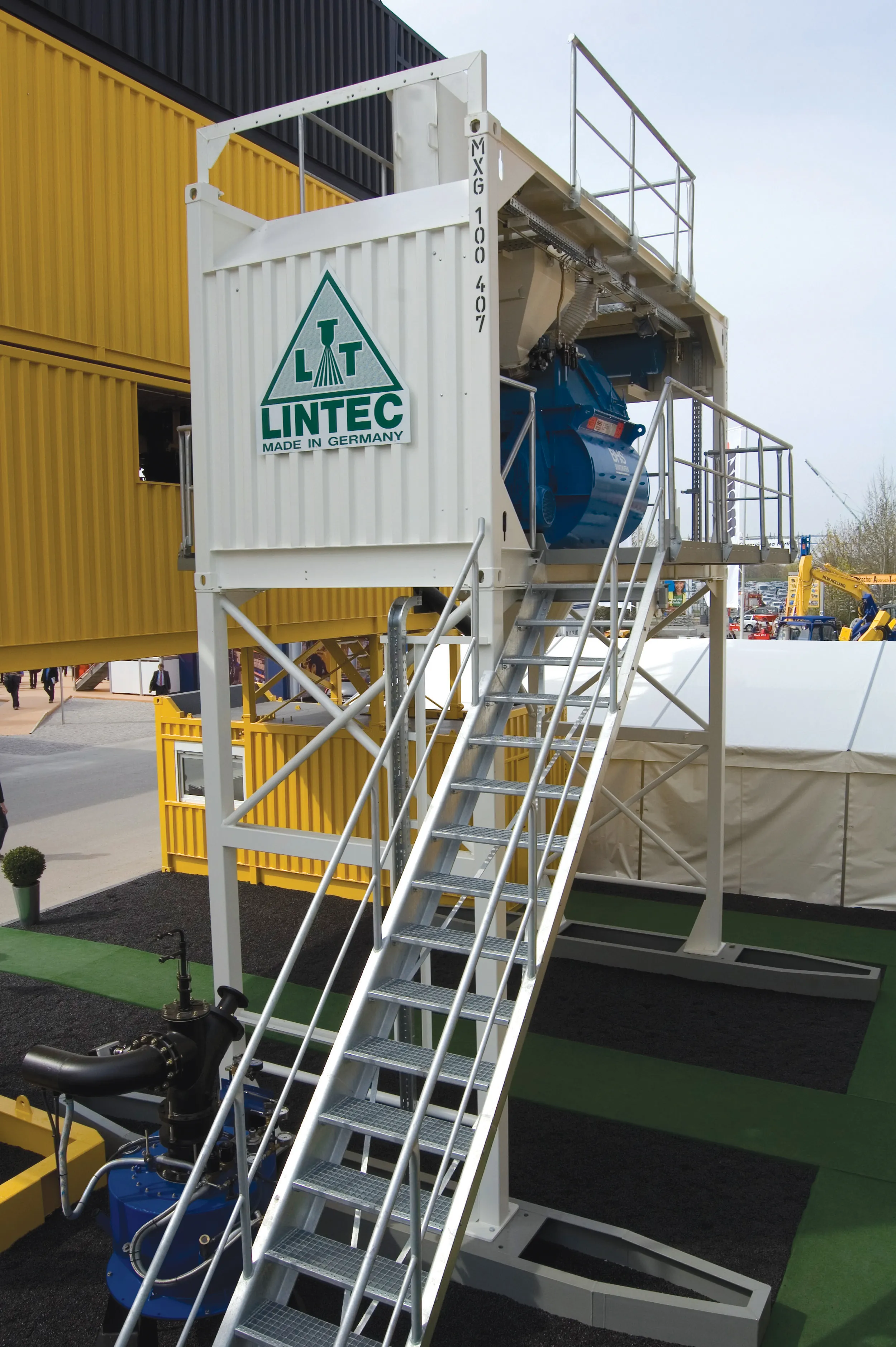The use of reclaimed asphalt pavement (RAP) is common practice in many countries. The aged bitumen from RAP has a lower penetration and is more viscous than it was when first mixed. The reclaimed bitumen is generally balanced by the addition of fresh binder softer than the traditional one used to produce hot mixes. However, balancing penetration and softening point or viscosity does not produce an identical bitumen to the original one. One fundamental option is the regeneration of the aged binder in order t
November 2, 2012
Read time: 6 mins

The use of reclaimed asphalt pavement (RAP) is common practice in many countries. The aged bitumen from RAP has a lower penetration and is more viscous than it was when first mixed. The reclaimed bitumen is generally balanced by the addition of fresh binder softer than the traditional one used to produce hot mixes. However, balancing penetration and softening point or viscosity does not produce an identical bitumen to the original one. One fundamental option is the regeneration of the aged binder in order to rebalance the bitumen molecular structure. This process involves the use of special organic compounds with suitable electron distribution to interact with the aged molecular associations.
Iterlene ACF 1000 Green developed by252 Iterchimica performs such task, when added to RAP mix, as it is confirmed by the research reports of 777 TRL (UK), University of Milan and University of Rome (Italy) described in the following chapters.
A field test was organized in Valencia de Alcantara (South-West Spain) together whit the contribute of Campi y Jovè (Iterchimica’s distributor for Spain). About 100 ton of asphalt mix, containing 30% RAP and the Iterlene ACF 1000 Green rejuvenator, was produced; another 100 tons of asphalt mix was produced as control.
Both mixes were prepared with the same granular thickness (aggregate curve), density, void content, and the same bitumen 50/70 Pen.
The mix with no RAP and no rejuvenator (Ag-AC22G-B50/70) contained originally 4.0 % bitumen.
In the mix containing RAP and rejuvenator (Ag-AC22G-R-30) the extracted bitumen was 4.17%.
Samples of both of mixes were studied and tested at the University of Milan (Polytechnic) determining:
BINDER. On the extracted binder, beside penetration and R&B, DSR tests were carried out to determine the PG Grade.
Both extracted bitumens had the same penetration and similar R&B (Softening Point), confirming the influence of ACF addition.
The TruGrade of the binder without RAP (sample 2012-02-002 in the attached Performance Grade Asphalt Analysis sheets) was 70.16 (PG 70).
The TruGrade of the binder containing RAP (sample 2012-02-001 in the attached Performance Grade Asphalt Analysis sheets) was 74.59 (PG 70).
These data are very interesting and confirm the effectiveness of the rejuvenator ACF 1000 Green. In fact, the Ag-AC22G-R-30 mix which contains 30% RAP, that is an aged and oxidized binder, shows the same PG, penetration and R&B values respect to the virgin mix. The use of the rejuvenator brings back the original characteristics of the binder
ASPHALT MIXTURE. The addition of a high amount of RAP to an asphalt mix greatly influences the mix stiffness. The additive ACF 1000 Green improves both compactibility and workability of the mixture, bringing back the stiffness within acceptable limits.
The stiffness modulus (UNI EN 12697-26) measured on compacted samples (gyratory compactor) was 6.964 MPa for the mix without any RA and 8.088 MPa for the sample containing 30% RAP and ACF 1000. The difference (about 1.100 MPa) is more than acceptable.
The fatigue tests were performed on samples prepared with the gyratory compactor following the UNI EN 12697-31 standard, at 20°C, with horizontal tensile stress of 600 kPa (peak time 124 ms).
The number of repeated loads to failure was higher (about 85% more) for the samples containing RAP and Iterlene ACF 1000
Green: the values were 7,813 and 4,215 cycles, respectively for the specimen with and without RAP.
Such results are again confirming the important contribution of the additive.
The main mechanisms for the ageing of bitumen are oxidation, loss of volatiles, and molecular rearrangement. Oxygen incorporation increases the polarity, allowing the formation of molecular associations that harden the binder.
An aged bitumen was extracted from a RAP mix following the EN 12697-1 standard; the same bitumen was added with 4% ACF 1000. Both samples and the additive were analyzed by using an Infrared Fourier Transformation technique (Bruker FTIR). The FTIR curves (both separated and superimposed) are shown in the attached figures.
ACF 1000 is a multipurpose additive containing various proprietary components; therefore, its spectrum (red line) is quite complex and mostly characterized by the peak at 1739 cm-1. The spectra of the bitumen (with and without ACF, violet and blue, respectively) show differences mostly in the range 1500-1800 cm-1 and, probably, at about 3250 cm-1.
Owing to the complexity of the bitumen structure and to the small amount of added additive, it is not easy to detect any chemical reaction and formation of new chemical compounds. The differences between the curves can be explained as follows.
Surely, the additive interacts at an electronic and molecular level, by “disturbing” the molecular associations formed during ageing and creating new aggregations. Its action is more connected to the formation of secondary links than to the creation of main links. The formation of molecular associations are the result of ageing and hardening: their total or partial elimination results in a “rejuvenated”, less viscous and more performing binder.
Iterlene ACF 1000 Green developed by
Transport Research Laboratory, Report PPR 598
The attached TRL Report stated that the rejuvenator ACF 1000 “does recover properties that have degenerated in aged bitumen”. In particular it showed that:- “Iterlene ACF 1000 Green does allow the original values of the three principal characteristics of bitumen (penetration, softening point and viscosity) to be recovered for binder recovered from reclaimed asphalt.”
- “The properties of bitumen recovered from reclaimed asphalt that are returned by the addition of Iterlene ACF 1000 Green do translate into the required properties of the new asphalt manufactured with that binder.”
- “The use of Iterlene ACF 1000 Green will make it easier to comply with the requirements of clause 902 of the Specification for highway works.”
The study of the Polytechnic of Milan
Under the supervision of the Milan Polytechnic (Department of Hydraulics, Environment, Road Infrastructure), Iterchimica launched in June 2011 a research project on the use of rejuvenators in asphalt mixes containing 30% of RA.A field test was organized in Valencia de Alcantara (South-West Spain) together whit the contribute of Campi y Jovè (Iterchimica’s distributor for Spain). About 100 ton of asphalt mix, containing 30% RAP and the Iterlene ACF 1000 Green rejuvenator, was produced; another 100 tons of asphalt mix was produced as control.
Both mixes were prepared with the same granular thickness (aggregate curve), density, void content, and the same bitumen 50/70 Pen.
The mix with no RAP and no rejuvenator (Ag-AC22G-B50/70) contained originally 4.0 % bitumen.
In the mix containing RAP and rejuvenator (Ag-AC22G-R-30) the extracted bitumen was 4.17%.
Samples of both of mixes were studied and tested at the University of Milan (Polytechnic) determining:
- binder content (EN 12697-1), including centrifugation, rotavapor, TGA control.
- DSR on binder (AASTHO).
- air voids and density
- compactibility (gyratory compactor)
- stiffness and fatigue tests
BINDER. On the extracted binder, beside penetration and R&B, DSR tests were carried out to determine the PG Grade.
Both extracted bitumens had the same penetration and similar R&B (Softening Point), confirming the influence of ACF addition.
The TruGrade of the binder without RAP (sample 2012-02-002 in the attached Performance Grade Asphalt Analysis sheets) was 70.16 (PG 70).
The TruGrade of the binder containing RAP (sample 2012-02-001 in the attached Performance Grade Asphalt Analysis sheets) was 74.59 (PG 70).
These data are very interesting and confirm the effectiveness of the rejuvenator ACF 1000 Green. In fact, the Ag-AC22G-R-30 mix which contains 30% RAP, that is an aged and oxidized binder, shows the same PG, penetration and R&B values respect to the virgin mix. The use of the rejuvenator brings back the original characteristics of the binder
ASPHALT MIXTURE. The addition of a high amount of RAP to an asphalt mix greatly influences the mix stiffness. The additive ACF 1000 Green improves both compactibility and workability of the mixture, bringing back the stiffness within acceptable limits.
The stiffness modulus (UNI EN 12697-26) measured on compacted samples (gyratory compactor) was 6.964 MPa for the mix without any RA and 8.088 MPa for the sample containing 30% RAP and ACF 1000. The difference (about 1.100 MPa) is more than acceptable.
The fatigue tests were performed on samples prepared with the gyratory compactor following the UNI EN 12697-31 standard, at 20°C, with horizontal tensile stress of 600 kPa (peak time 124 ms).
The number of repeated loads to failure was higher (about 85% more) for the samples containing RAP and Iterlene ACF 1000
Green: the values were 7,813 and 4,215 cycles, respectively for the specimen with and without RAP.
Such results are again confirming the important contribution of the additive.
Chemical behavior of the additive
The studies on the chemical behavior of the Iterchimica ACF 1000 Grrenwere carried out by the University of Rome in the Department of Chemical Engineering, Material and Environment (see attached report). Here the conclusions are summarized.The main mechanisms for the ageing of bitumen are oxidation, loss of volatiles, and molecular rearrangement. Oxygen incorporation increases the polarity, allowing the formation of molecular associations that harden the binder.
An aged bitumen was extracted from a RAP mix following the EN 12697-1 standard; the same bitumen was added with 4% ACF 1000. Both samples and the additive were analyzed by using an Infrared Fourier Transformation technique (Bruker FTIR). The FTIR curves (both separated and superimposed) are shown in the attached figures.
ACF 1000 is a multipurpose additive containing various proprietary components; therefore, its spectrum (red line) is quite complex and mostly characterized by the peak at 1739 cm-1. The spectra of the bitumen (with and without ACF, violet and blue, respectively) show differences mostly in the range 1500-1800 cm-1 and, probably, at about 3250 cm-1.
Owing to the complexity of the bitumen structure and to the small amount of added additive, it is not easy to detect any chemical reaction and formation of new chemical compounds. The differences between the curves can be explained as follows.
Surely, the additive interacts at an electronic and molecular level, by “disturbing” the molecular associations formed during ageing and creating new aggregations. Its action is more connected to the formation of secondary links than to the creation of main links. The formation of molecular associations are the result of ageing and hardening: their total or partial elimination results in a “rejuvenated”, less viscous and more performing binder.









